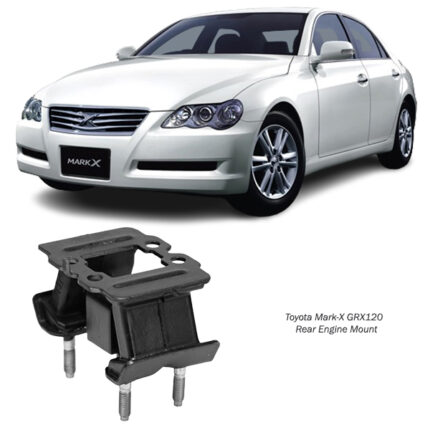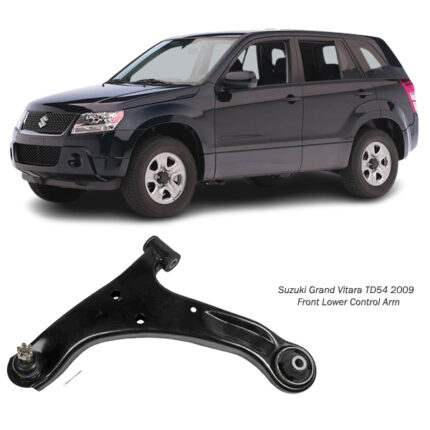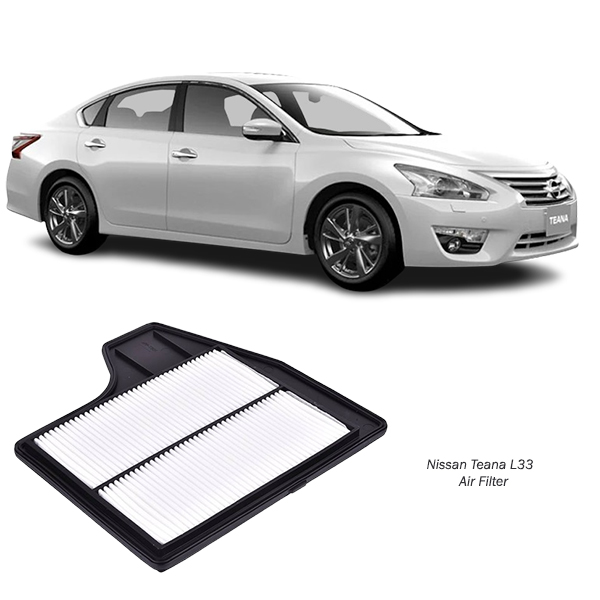-20%
Get Nissan Teana L33 Air filter Element Assy 16546-3TA0A in Kenya
The air filter element assembly is a vital component of an internal combustion engine. Its primary purpose is to purify the air entering the engine, removing dirt, debris, and other contaminants that could harm engine performance and longevity. In this detailed explanation, we will delve into the design, functions, types, benefits, maintenance, and troubleshooting of the air filter element assembly.
1. What is an Air Filter Element Assembly?
The air filter element assembly is a housing that contains the air filter and its associated parts, designed to ensure clean and unrestricted airflow into the engine.
Key Components
- Filter Element: The replaceable filter media, often made from paper, foam, or synthetic materials, traps contaminants.
- Filter Housing: Encases the filter element to protect it from external damage and ensure a sealed connection.
- Inlet/Outlet Ducts: Channels that guide air from the environment through the filter to the engine.
2. Functions of the Air Filter Element Assembly
a) Air Purification
- Removes dust, pollen, debris, and other airborne particles, ensuring clean air enters the combustion chamber.
b) Optimizing Combustion
- Supplies clean, unrestricted air to mix with fuel, promoting efficient combustion and maximizing power output.
c) Protecting Engine Components
- Prevents contaminants from damaging sensitive engine parts like cylinders, pistons, and valves.
d) Noise Reduction
- Helps to reduce intake noise by dampening airflow sounds as it passes through the housing.
e) Fuel Efficiency
- Clean air ensures proper fuel-air mixture ratios, reducing fuel consumption and emissions.
3. Types of Air Filter Element Assemblies
a) Paper Air Filters
- Made from pleated paper; cost-effective and widely used.
- Offers efficient filtration but may clog quickly in dusty environments.
b) Foam Air Filters
- Made from polyurethane foam; reusable and washable.
- Ideal for off-road vehicles exposed to heavy dirt and debris.
c) Cotton Gauze Filters
- Often oiled for better filtration; used in high-performance applications.
- Reusable but requires periodic cleaning and re-oiling.
d) Synthetic Air Filters
- Made from non-woven synthetic fibers; offer excellent filtration and durability.
- More expensive but ideal for modern engines with stringent emission controls.
e) HEPA Filters
- High-efficiency particulate air filters used in some vehicles for maximum filtration efficiency.
- Typically found in luxury or specialized applications.
4. How the Air Filter Element Assembly Works
- Air Intake: Air enters through the inlet duct, often positioned to maximize airflow and reduce water or debris intake.
- Filtration Process: The air passes through the filter element, where contaminants are trapped in the media.
- Clean Air Delivery: The purified air exits through the outlet duct and enters the intake manifold for mixing with fuel.
5. Benefits of the Air Filter Element Assembly
a) Enhanced Engine Performance
- Clean air allows the engine to run smoothly and achieve optimal power output.
b) Prolonged Engine Life
- Prevents abrasive particles from causing wear and tear on engine components.
c) Improved Fuel Efficiency
- A clean filter ensures proper air-fuel ratios, reducing unnecessary fuel consumption.
d) Reduced Emissions
- Promotes efficient combustion, lowering harmful exhaust gases.
e) Maintenance of Vehicle Warranty
- Ensuring the air filter assembly is functional can prevent warranty voids due to neglect.
6. Signs of a Faulty Air Filter Element Assembly
a) Reduced Engine Power
- Clogged filters restrict airflow, leading to sluggish acceleration and reduced performance.
b) Decreased Fuel Efficiency
- An imbalanced air-fuel mixture causes the engine to burn more fuel.
c) Unusual Noises
- Whistling or hissing sounds near the intake may indicate a damaged filter housing or loose connections.
d) Black Smoke
- Excessively rich fuel mixtures caused by poor airflow can result in black exhaust smoke.
e) Check Engine Light
- Modern vehicles may trigger a warning light when airflow sensors detect abnormalities.
7. Causes of Air Filter Element Assembly Issues
a) Neglect
- Failure to replace or clean the filter regularly leads to clogs and inefficiency.
b) Harsh Environments
- Driving in dusty or polluted areas accelerates filter clogging.
c) Poor Quality Components
- Low-grade filter elements may fail to trap fine particles or degrade quickly.
d) Incorrect Installation
- An improperly seated filter allows unfiltered air to bypass the assembly.
8. Maintenance and Replacement
a) Recommended Maintenance Schedule
- Most manufacturers suggest replacing the air filter every 15,000–30,000 miles, depending on driving conditions.
b) Inspection Steps
- Remove the filter housing cover.
- Examine the filter for dirt, discoloration, or damage.
- Check the housing for debris or signs of wear.
c) Replacement Procedure
- Locate the Assembly: Typically found near the engine bay or under the hood.
- Remove Old Filter: Detach clips or screws to access the filter housing and remove the old element.
- Install New Filter: Ensure proper orientation and seating of the new filter.
- Reassemble: Close the housing and secure it firmly.
d) Cleaning Reusable Filters
- Foam or cotton filters can be washed with mild soap and water, dried, and re-oiled as needed.
9. Cost of Air Filter Element Assemblies
- Paper Filters: $10–$30
- Foam Filters: $20–$50
- Synthetic Filters: $40–$100
- Labor Costs: $20–$50 for replacement at a service center.
10. Innovations in Air Filter Design
a) Multi-Layer Media
- Advanced designs incorporate multiple layers for superior filtration and airflow.
b) Integrated Sensors
- Some assemblies include mass airflow sensors for real-time monitoring.
c) Eco-Friendly Filters
- Biodegradable materials are being used to reduce environmental impact.
d) Aerodynamic Housing
- Improved housing designs reduce turbulence and enhance airflow efficiency.
11. Troubleshooting Common Problems
a) Persistent Clogs
- Frequent clogging may indicate driving in excessively dirty environments; consider upgrading to a high-performance filter.
b) Poor Fit
- Verify compatibility when replacing the filter to prevent bypass or improper sealing.
c) Air Leaks
- Inspect housing seals and ducts for cracks or loose connections.
12. Conclusion
The air filter element assembly is indispensable for maintaining engine health, performance, and fuel efficiency. Regular inspection, maintenance, and timely replacement are crucial to ensure that your vehicle operates at peak efficiency. By understanding its importance, components, and proper care, drivers can enjoy a smoother ride, lower emissions, and extended engine life.
Follow us on Facebook for more parts.



